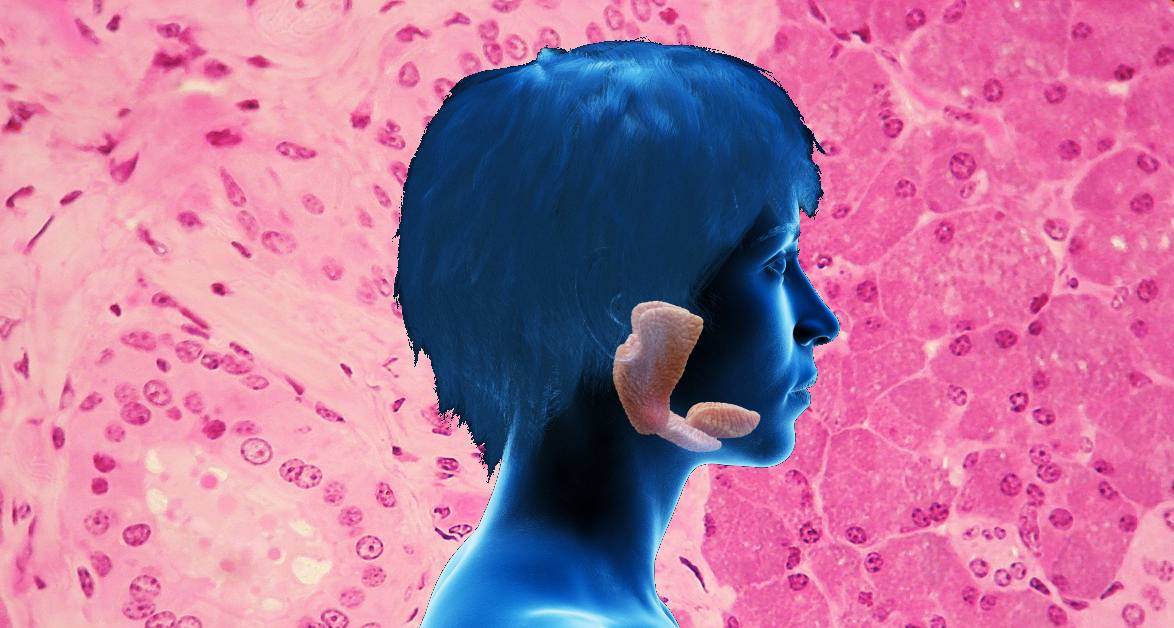About this course
This free course is designed for dental professionals seeking to deepen their understanding of salivary gland diseases. It offers insights into their pathophysiology, diagnosis, and effective management strategies.

The course explores salivary gland anatomy and function, looking into disorders like Sjogren's Syndrome, stones, salivary gland tumours, and salivary gland dysfunction, providing a comprehensive overview and practical insights.
This course is relevant to dentists, nurses, hygienists, therapists, and other dental care professionals.
CPD Time: 1 hour (1 CPD Credit)
Customer feedback on this course
- In-depth coverage of salivary gland diseases, very informative.
- Excellent structure, providing clarity on complex topics.
- Comprehensive and practical.
- Enhanced my understanding of Sjogren's Syndrome and salivary gland tumours.
Assessment: 12 MCQs. Pass mark 75%. more…
On passing the assessment, you will immediately receive a GDC-recognised Enhanced CPD Certificate.
Aim:
To provide comprehensive knowledge and understanding of salivary gland diseases, focusing on their pathophysiology, diagnosis, and management.
Course objective:
• To explain the anatomy, function, and disorders of salivary glands, including stones, Sjogren's Syndrome, salivary gland tumours, and salivary gland dysfunction.
• To equip learners with the skills to diagnose and manage common salivary gland diseases effectively.
Anticipated learning outcomes:
The learner will:
• Identify and describe the anatomy and physiological functions of the major and minor salivary glands.
• Recognise the clinical features and underlying pathophysiology of Sjogren's Syndrome and salivary gland tumours.
• Apply knowledge of diagnostic techniques, including imaging and biopsy, for salivary gland diseases.
• Develop management strategies for various salivary gland disorders, considering both conservative and surgical options.
GDC Development Outcomes:
C
Learning content:
Anatomy and Function | Sjogren's Syndrome - Diagnosis | Sjogren's Syndrome - Management | Sialolithiasis | Types of Tumours | Management of Tumours | Course Completion
View full course description
Salivary Gland Diseases
Course Description
Anatomy and Function
This section covers the anatomy and physiological functions of the major and minor salivary glands, including the parotid, submandibular, and sublingual glands. Learn how saliva production and secretion play key roles in digestion, oral lubrication, and protection.
Sjogren's Syndrome - Diagnosis
Sjogren's Syndrome is an autoimmune disorder that primarily affects moisture-producing glands. This section explains the diagnostic process, focusing on the clinical presentation of dry mouth (xerostomia) and other systemic symptoms, as well as diagnostic tests like biopsy and imaging.
Sjogren's Syndrome - Management
Managing Sjogren's Syndrome involves symptomatic relief and prevention of complications. This section covers the use of artificial saliva, medications for systemic involvement, and dental strategies to mitigate the risk of caries and infections due to dry mouth.
Sialolithiasis
Sialolithiasis refers to the formation of salivary stones, which can block salivary ducts and cause pain and swelling. Learn about the causes, diagnostic techniques, and treatment options, including conservative methods, lithotripsy, and surgical removal.
Types of Tumours
This section looks at benign and malignant tumours of the salivary glands, such as pleomorphic adenoma and mucoepidermoid carcinoma. It covers their clinical presentation, diagnostic methods, and the significance of early detection.
Management of Tumours
Management of salivary gland tumours includes surgical resection, radiotherapy, and chemotherapy for malignant cases. This section discusses treatment planning based on tumour type, size, and location, and the importance of preserving gland function when possible.
Course Completion
Participants will complete a feedback survey and take a multiple-choice exam. Upon passing, they will receive a GDC-compliant CPD certificate. The course focuses on improving diagnostic and treatment skills for salivary gland diseases in dental practice.
You can copy and adapt this example PDP entry for your own needs and circumstances. The format complies with GDC guidance on PDP structure.
| PDP Learning or Maintenance need |
| Comprehensive understanding of salivary gland diseases |
| How does this relate to my field of practice? |
| Essential for accurate diagnosis and patient management in dentistry. |
| Which development outcome(s) does it link to? |
| C |
| What benefit will this have to my work? |
| Improved diagnostic and treatment skills, better patient outcomes, and enhanced interdisciplinary collaboration. |
| How will I meet this learning or maintenance need? |
| Take the Verified Learning course "Salivary Gland Diseases" |
| When will I complete this by? |
Note: After copying and adapting the suggested PDP entry, remember to reflect, plan, act, and evaluate for every CPD activity you undertake.